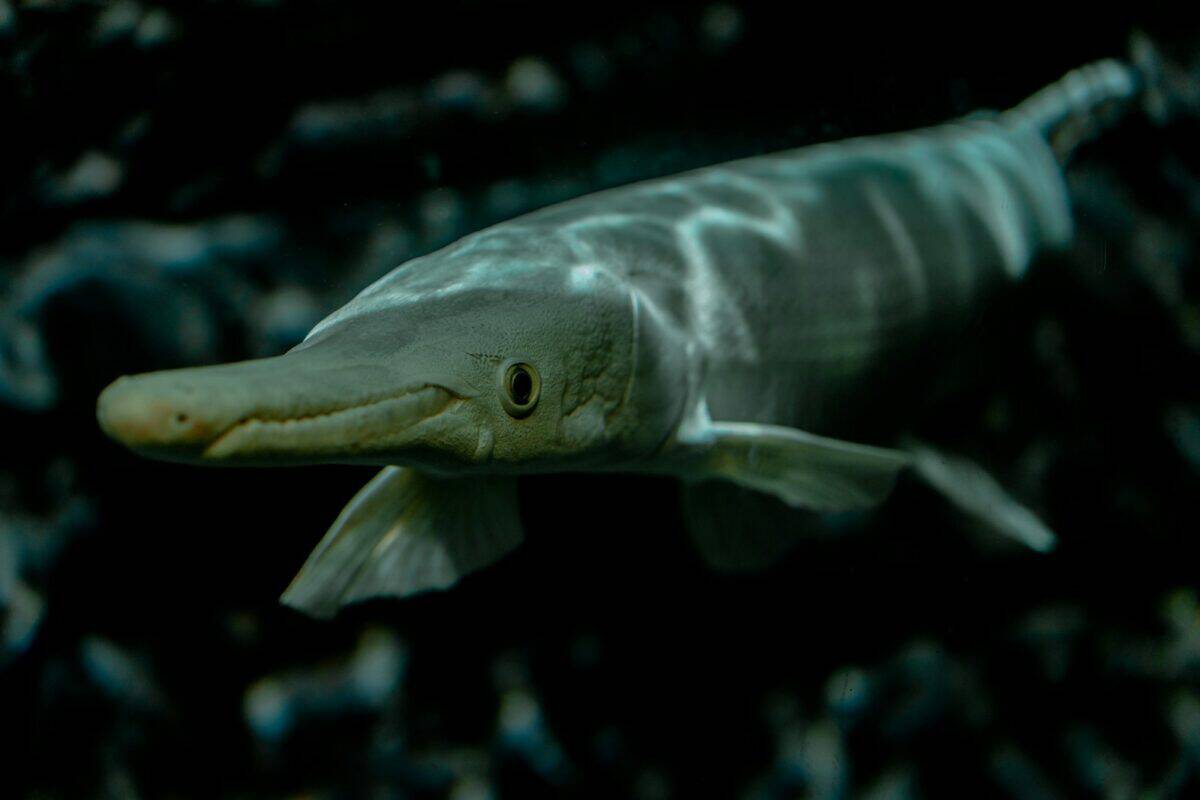The Great Lakes of Illinois, a pivotal part of the state’s natural beauty, are home to an astonishing diversity of fish species. These expansive bodies of water, part of the larger Great Lakes system, provide critical habitats for numerous unique and captivating fish species. From prehistoric-looking lake sturgeon to the vibrant hues of the rainbow smelt, Illinois’ Great Lakes are teeming with aquatic life that fascinates both anglers and conservationists alike. In this exploration, we delve into the depths to spotlight some of the most unique fish that call these waters home, showcasing their characteristics, behaviors, and the roles they play in their underwater realms.
The Lake Sturgeon

The lake sturgeon, with its armor-like exterior and elongated body, seems to have swum straight out of a prehistoric era. This species is one of the oldest in the Great Lakes, with individuals known to live over 100 years and grow up to 8 feet long. Their presence in Illinois’ waters serves as a testament to the ecological richness and historical depth of these habitats.
The Muskellunge
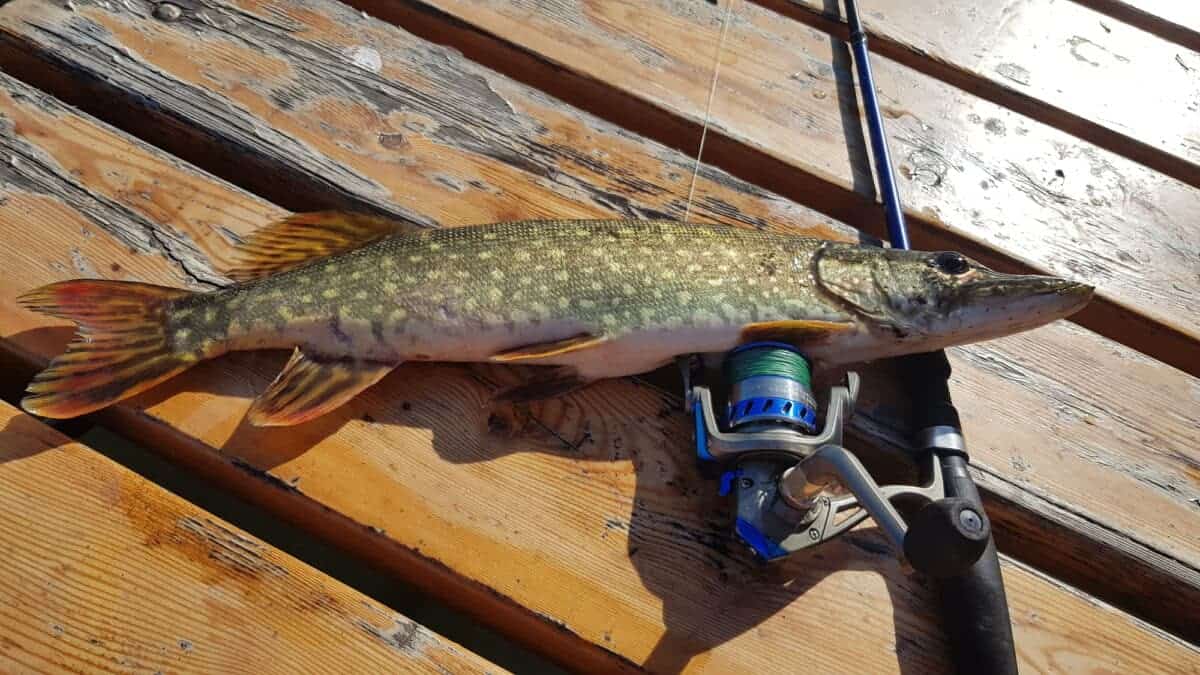
Known colloquially as the “muskie,” the muskellunge reigns as one of the top predators in the Great Lakes ecosystem. This elongated fish, capable of growing over 50 inches long, is a master hunter, preying on smaller fish with remarkable speed and efficiency. Its elusive nature makes it a coveted catch among sport fishers.
The Yellow Perch

Adorned with vibrant, vertical stripes, the yellow perch is a visual treat and a staple of the Great Lakes fish community. These small, but mighty, fish play a crucial role in the aquatic food web, serving as prey for larger species while also feasting on smaller aquatic organisms.
The Rainbow Smelt
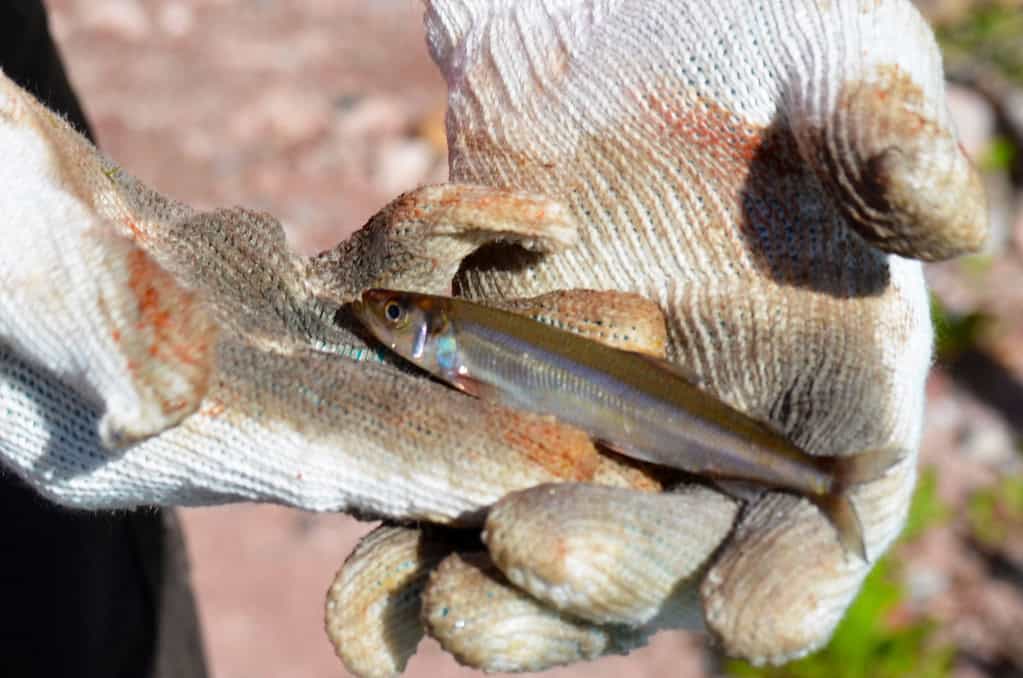
The rainbow smelt stands out with its iridescent body, capable of casting a spectrum of colors in the light. Though small, they travel in large schools, creating a stunning visual effect. Their presence in the Great Lakes indicates healthy, cold water conditions, essential for their survival.
The American Eel
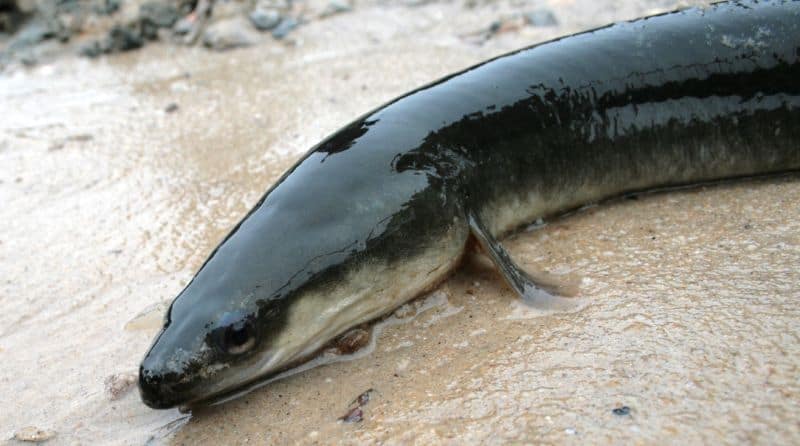
The American eel is a fascinating species known for its incredible migratory journey from the Sargasso Sea to the freshwaters of the Great Lakes, including Illinois’. This slender, snake-like fish has a lifecycle shrouded in mystery, as it travels thousands of miles to reproduce.
The Deepwater Sculpin
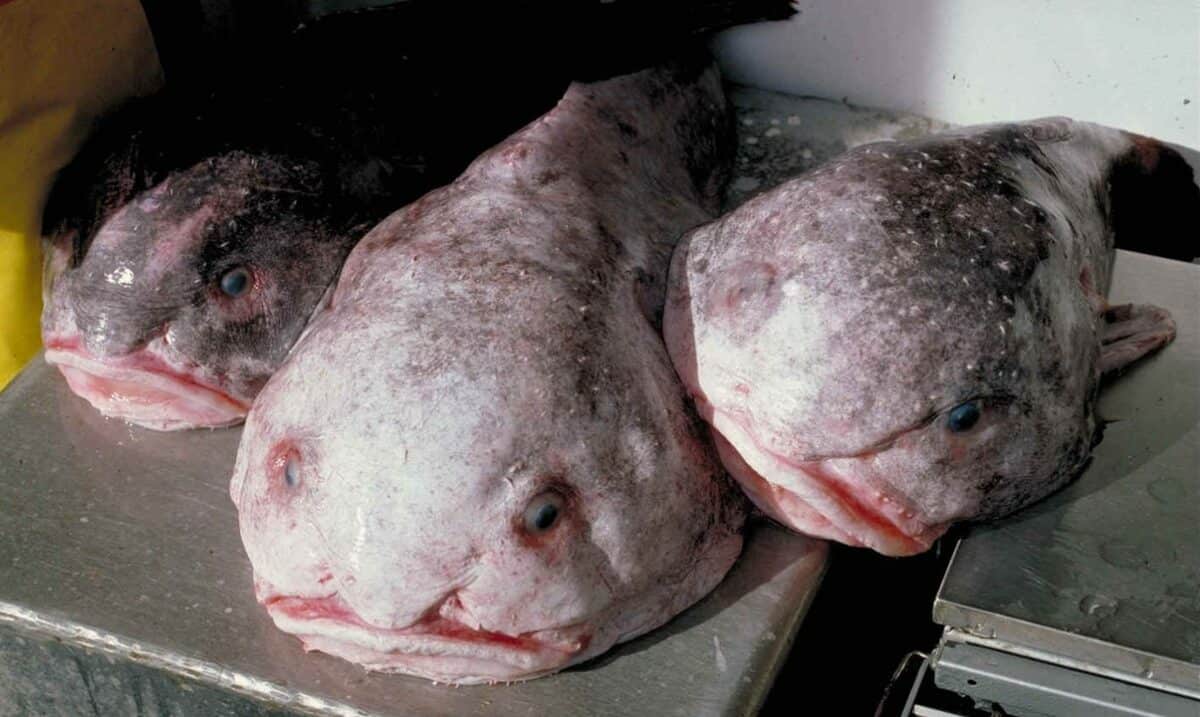
This lesser-known fish prefers the chill and darkness of the lakebeds, surviving in the deep waters where few others venture. The deepwater sculpin’s adapted to a life in profound depths, relying on its heightened senses to navigate and feed in the murk.
The Round Goby
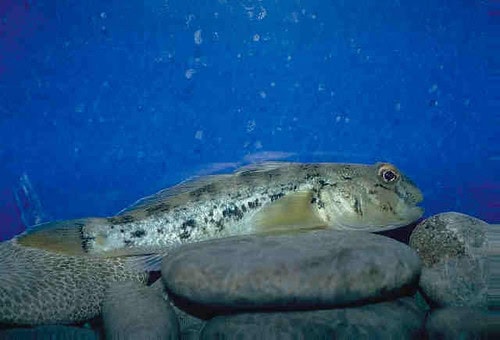
The round goby, though not native, has established a strong presence in the Great Lakes, including Illinois’. This small, bottom-dwelling fish is known for its aggressive behavior and adaptability, challenging native species for habitat and resources.
The Lake Whitefish
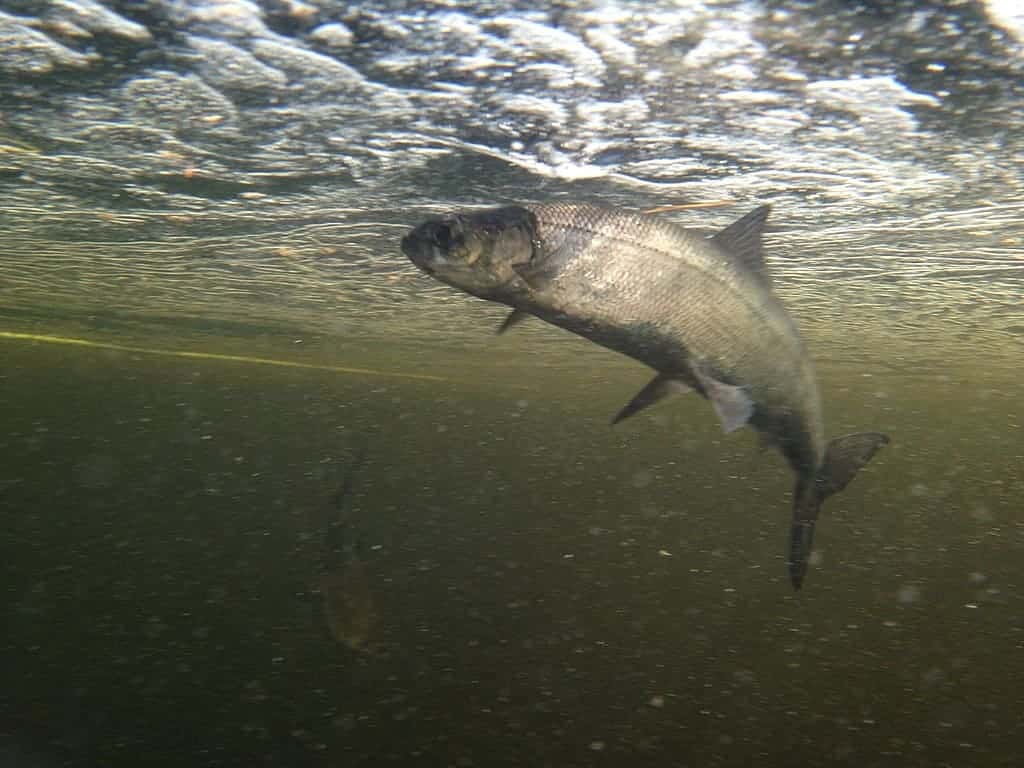
The lake whitefish, revered for its delicate flavor, is a hallmark of the Great Lakes’ fishing industry. These fish thrive in the cold, deep waters, often forming the target of both commercial and recreational fishing ventures.
The Burbot

Unique among Great Lakes fish, the burbot is the sole freshwater representative of the cod family. With its barbel-laden chin and serpentine body, the burbot is often referred to as the “poor man’s lobster” due to the taste of its flesh.
The Longnose Gar

With its toothy snout and sleek body, the longnose gar looks as if it has remained unchanged for millions of years. This species, capable of breathing both air and water, is a versatile predator that adds to the biodiversity of Illinois’ Great Lakes.
The Brook Trout

Although more commonly associated with smaller streams and brooks, the brook trout can also be found in Illinois’ Great Lakes waters. This beautifully marked fish, with its distinctive coloration and pattern, provides a connection between various aquatic habitats.
The Smallmouth Bass

Last but not least, the smallmouth bass, known for its spirited fight when hooked, is a favorite among anglers. These robust fish, adept at navigating both the open waters and rocky crevices, embody the dynamic spirit of Illinois’ aquatic ecosystems.
To dive into the Great Lakes of Illinois is to explore a world teeming with unique life forms. Each species, whether native or introduced, plays an integral role in the ecological tapestry of these waters. From the prehistoric sturgeon to the agile smallmouth bass, the uniqueness and diversity of fish in these lakes provide endless fascination and underscore the importance of preserving these precious ecosystems for generations to come.
- The Most Unique Fish Found in the Great Lakes of Illinois - August 22, 2025
- The Most Dangerous River in the US—And Why It’s Not What You Expect - August 22, 2025
- Why Michigan’s Wolves Are Expanding Beyond Their Protected Areas - August 22, 2025

